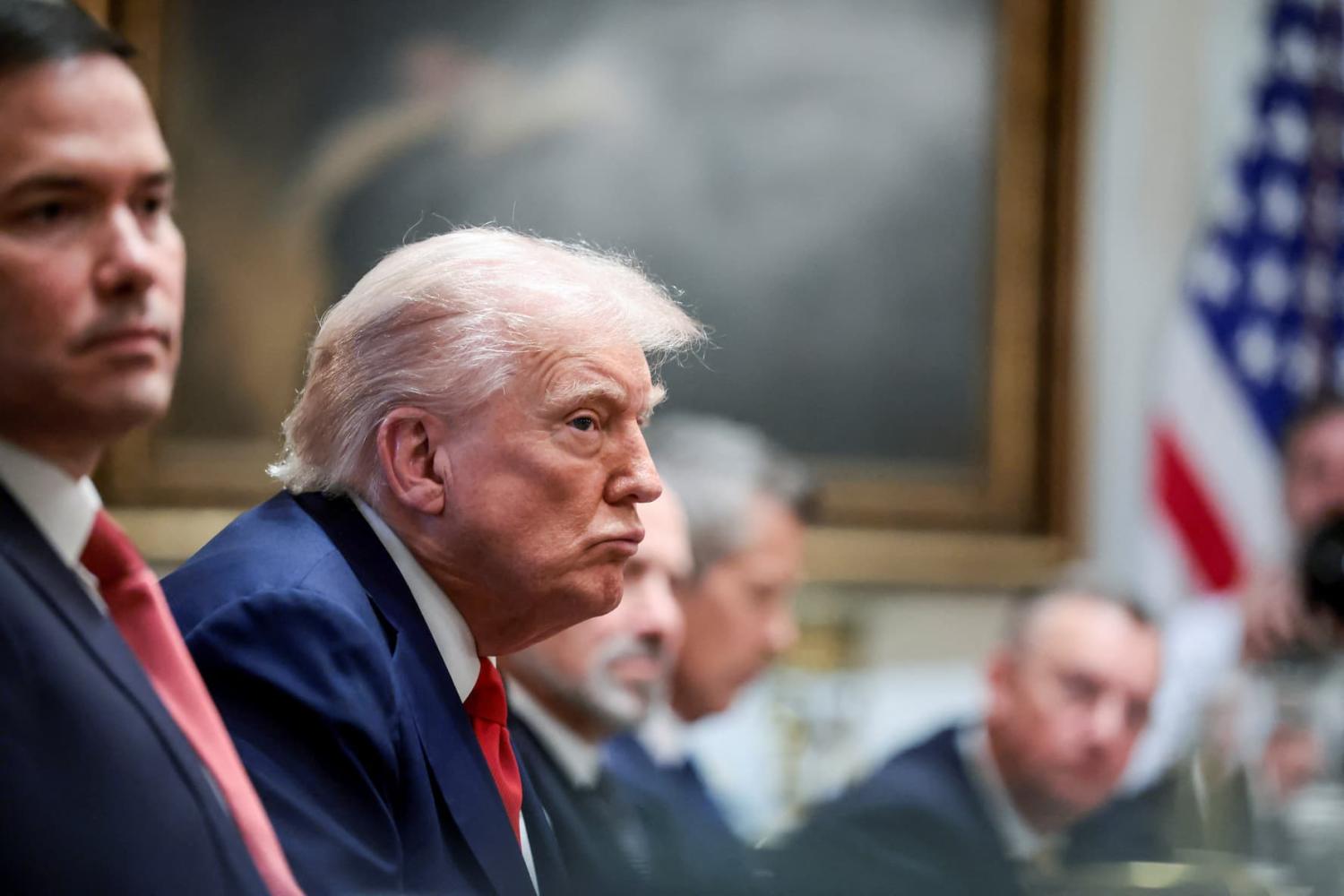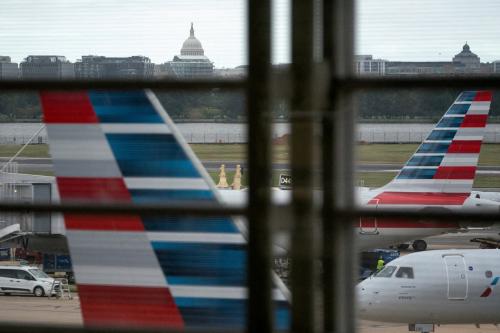Staffing senior leadership positions across the executive branch is typically a top priority for new presidents. Three-hundred days into his second term in office, how is President Trump faring in putting his top team in place?
The Republican-led Senate has been eager to confirm nearly all of the president’s picks. Thus far, the Senate has confirmed 216 nominees of the roughly 700 Senate-confirmed positions across the 15 major departments. Some 30 nominees remain pending on the Senate’s executive calendar.
Despite the high confirmation rate, reporters have noticed that the White House has withdrawn a record number of nominations this year. Chris Piper at the Partnership for Public Service has calculated a record-setting 53 withdrawals as of Oct. 27, 2025 (going back to President George W. Bush). If you pare down that total to only the 15 major departments, there have been 37 withdrawals.
Notably, some trends that surfaced at the 100- and 200-day points of the second Trump administration continue: The share of women and non-whites holding the most senior government positions is the lowest of the past four administrations. Interestingly, however, the pace of confirmations jumped substantially during days 201 to 300. That surge can largely be explained by a Senate rule change.
This 300-day analysis offers a final look at the Senate confirmation process, assessing both the pace of confirmations and the gender and ethnic diversity of the appointees. The data set includes confirmed nominees to the 15 Cabinet departments in the line of presidential succession and provides comparative data going back to the administration of George W. Bush (2001). (Note that the data exclude U.S. attorneys in the Department of Justice.) I relied on Congress.gov to identify confirmed nominees and examined numerous websites to determine relevant demographic features. Our Senate confirmation tracker contains additional information about the methodology.
Pace
There were 118 confirmed nominees between days 201 and 300 of the Trump administration, 65 more than in the prior 100 days. A likely reason for the surge was a Senate vote on Sept. 11, 2025, in which Senate Republicans invoked what is known as the nuclear option to allow for bundled consideration of most executive branch nominees by majority vote. (Prior to this vote, the Senate was required to consider each nominee individually if any senator objected to calling up a batch of nominees to confirm all at once.) Thus far, the GOP Senate has deployed the new bundling process twice: first on Sept. 18, when the Senate confirmed 41 nominees, and again on Oct. 7, 2025, when the Senate confirmed a record number of 74 nominees to the 15 major departments.
This surge between days 201 and 300 was the highest going back to President George W. Bush. However, the 300-day total for President Trump’s second term continues to lag the records of Presidents George W. Bush and Barack Obama. It is noteworthy that the new Senate rule reversed a trend of increasingly fewer confirmations during the first 300 days.
Gender
The percentage of women serving in confirmed positions across the government dropped significantly from President Trump’s first term and is the lowest going back to President George W. Bush. The sharpest contrast is with Trump’s predecessor, President Joe Biden, whose confirmed appointees in the first 300 days were evenly split between women and men.
Race
After 300 days, white nominees accounted for 91% of confirmed appointments in the Trump administration. (Note that we were unable to determine the ethnicity of two individuals, such that the sample size is slightly reduced.) Nevertheless, this trend of appointing a large share of whites has been apparent since the first analysis of Trump’s second administration at the 100-day point. It is the highest share of whites compared to the four prior administrations.
Ethnicity
Analyzing the ethnic backgrounds by using U.S. Census categories, the second Trump administration continues to be the least ethnically diverse compared to his predecessors, going back to President George W. Bush.
Conclusion
The Trump administration has made history with this first tranche of confirmed nominees: They are the least diverse set of individuals going back to President George W. Bush. President Trump has exceeded records he previously set during his first term in office and shows no signs of changing. It should come as no surprise, given that the Trump administration has sought to end diversity programs in the public and private sectors. His approach to filling his own senior-most appointments across the federal government reflects that priority.
In terms of pace, it is likely that the Senate rule change that allowed for “bundling” executive branch nominees fueled the surge of confirmations between days 201 to 300. However, President Trump’s 300-day total continues to lag Presidents George W. Bush and Barack Obama. While one might expect a swifter pace of confirmations in the months ahead, my colleague, Chris Piper, has shown that the Trump administration has lost nomination momentum, making the lowest number of nominations in these last 300 days (going all the way back to Ronald Reagan in 1981). In addition, there has been high-level turnover within the White House Personnel Office. Director of Presidential Personnel Sergio Gor has departed, and his successor, Dan Scavino, likely lacks critical skills associated with this position: recruitment, vetting, and familiarity with Senate procedure. While the White House is well-suited to fill high-level vacancies across the government—they have the advantage of a 53-member Senate majority and a new “bundling” rule to expedite floor votes—recent data suggest that White House attention has shifted away from nominations. In addition, electoral considerations will soon take center stage at the White House as they seek to pare potential losses in the forthcoming midterm elections, a point at which staffing the executive branch may become even less of a priority for the Trump administration.
The Brookings Institution is committed to quality, independence, and impact.
We are supported by a diverse array of funders. In line with our values and policies, each Brookings publication represents the sole views of its author(s).







